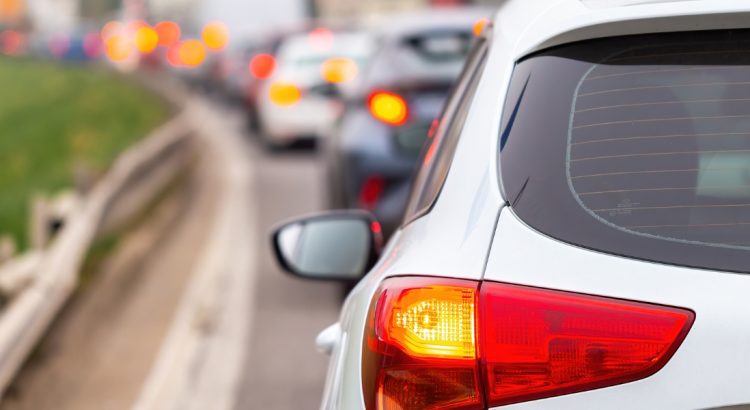Brake lights are one of the most important signaling systems in a car.
Whenever the driver presses the brake pedal, these lights come on to alert vehicles behind that the speed is decreasing.
More than just a legal requirement, these lights are essential for preventing accidents and ensuring road safety.
In this article, find out the correct color, how many lights a car should have, and what to do in case of a malfunction.
What Are Brake Lights For?
Brake lights are designed to:
- Warn drivers behind that the car is slowing down or stopping;
- Improve road safety by reducing the risk of rear-end collisions, as they allow drivers to increase their safety distance.
They are therefore a mandatory feature on all vehicles, from light to heavy.
Are Brake Lights Required By Law?
This information may vary depending on the country. However, in Europe, according to European technical regulations, all vehicles must have functional brake lights, except for tractors and agricultural trailers.
How Many Brake Lights Are You Supposed To Have?
Light and heavy vehicles must have at least two brake lights at the rear, as must trailers.
In the case of motorcycles, only one rear light is required.
What Colors Are Brake Lights?
Brake lights on a car are red or orange.
The choice of this color is not random: red and orange are universally recognized as warning colors.
On the other hand, these colors ensure contrast with other rear lights, such as reverse lights (red, but less intense) or reverse lights (white, used only to illuminate the rear when reversing).

Is It Permissible To Have Brake Lights In Colors Other Than Red?
This information may vary from country to country. However, in many countries, no other colors are permitted; only red or orange are accepted. Using another color, such as white or blue, is not only dangerous but also punishable by a fine.
Where Are Brake Lights Usually Located On A Car?
Brake lights are always located at the rear of the vehicle.
As a general rule, these lights are integrated into the side lights, visible both day and night, and come on automatically whenever the brake pedal is pressed.
In more modern vehicles, in addition to these, there is also a third brake light, located at the top of the trunk or on the rear window. This elevated position increases visibility for drivers behind, making braking more noticeable and safer, especially in urban traffic.
The Brake Light Is Always On. What Should I Do?
If the light does not turn off even when you press the pedal, the problem may be:
- The pedal switch, which is stuck;
- Short circuits in the electrical system;
- Poor contact
In this case, it is recommended that you take the car to an auto repair shop for diagnosis.
The Brake Lights Are Not Working: Now What?
If you press the brake and the brake lights do not come on, check if it is:
- A burnt-out bulb: the most common cause;
- Blown fuse: can affect all brake lights;
- Brake pedal switch: when faulty, it does not send a signal to the power center;
- Damaged wiring: less common, but possible.
What Tools Are Needed To Replace Brake Lights?
Replacing a brake light is a relatively simple task, but it requires the use of the right tools to avoid damage to the light or the electrical circuit. You will need:
- Screwdriver or Torx wrench (to remove the lights);
- Gloves (to avoid hand contact with the halogen bulb);
- Compatible replacement bulb (check the car manual);
- Multimeter (optional, to test the electrical circuit).
Alternatively, it is best to take your car to a mechanic to replace the brake lights.
Summary Table
To ensure that you comply with all legal requirements, see the summary table below with all the characteristics of this light.
| Feature | Mandatory detail |
| Color | Red or orange |
| Number | 2 brake lights |
| Location | Rear, on the taillights |
Brake lights are essential for road safety.
If any fail, replace them immediately and use the appropriate tools to ensure safe service.
Want to know more about the automotive world? Then follow us on Facebook and keep up with all the content we share daily.


